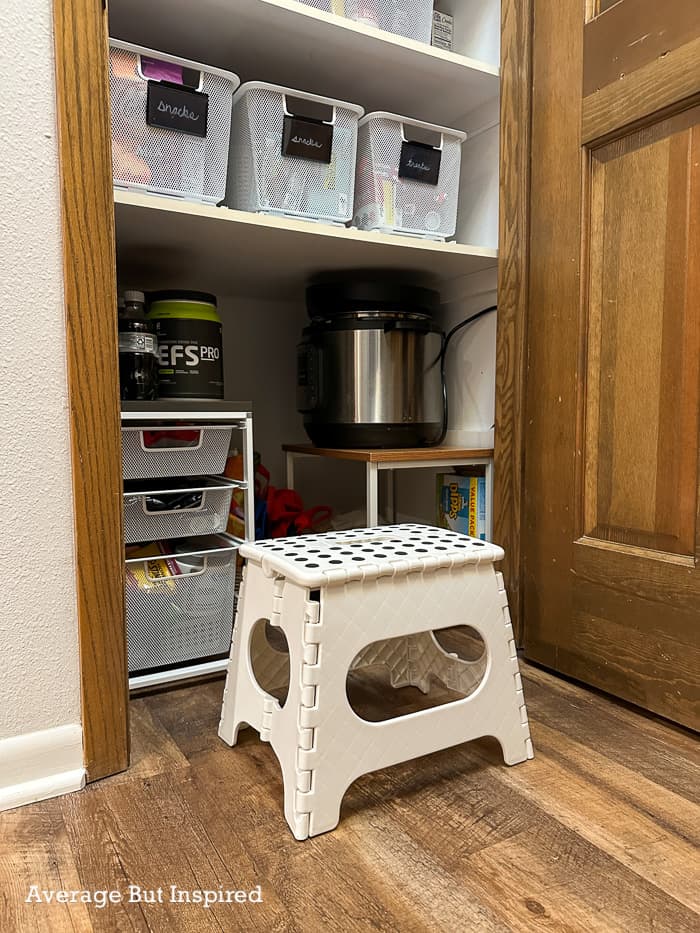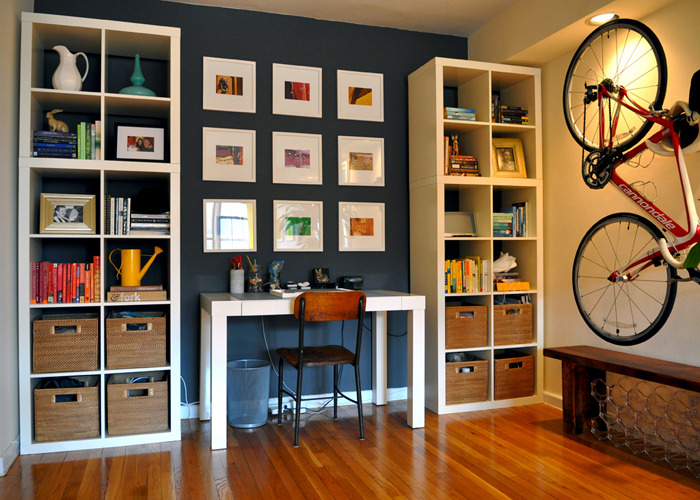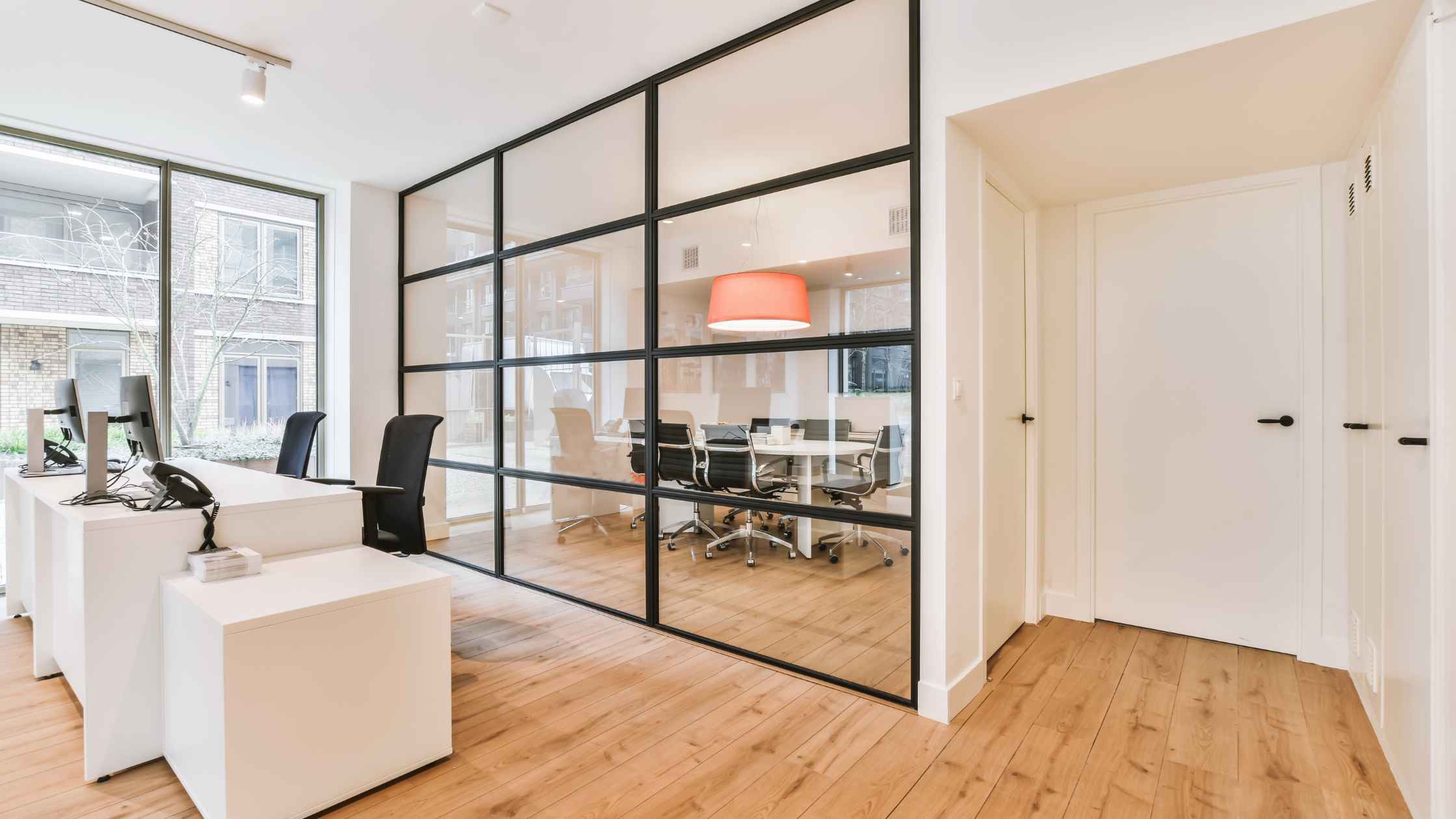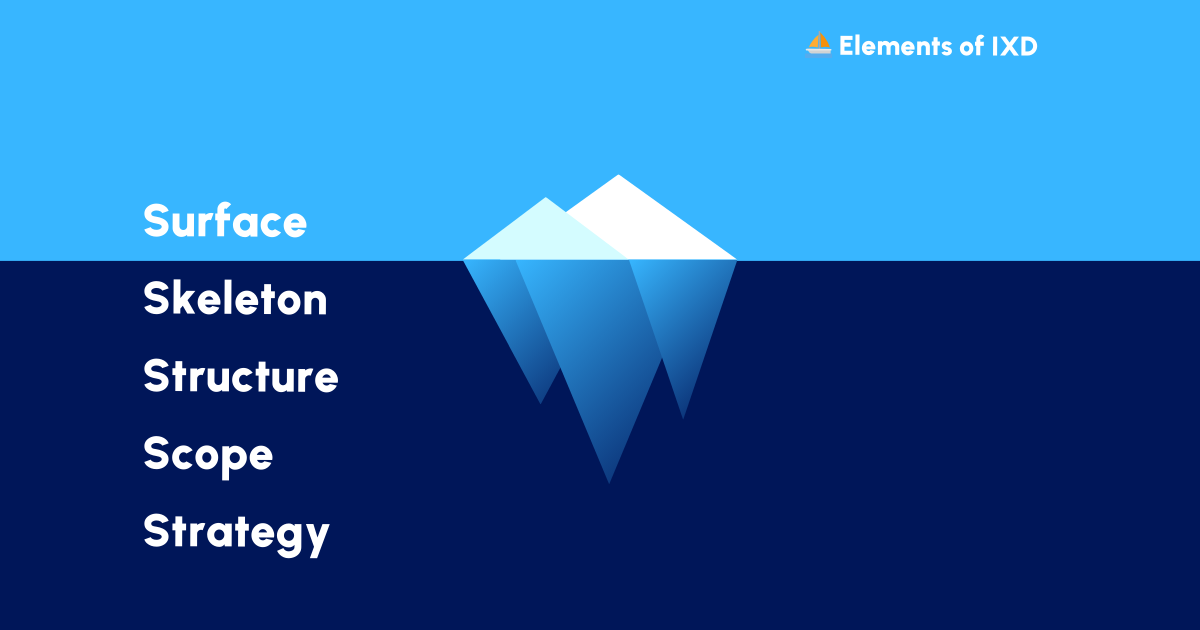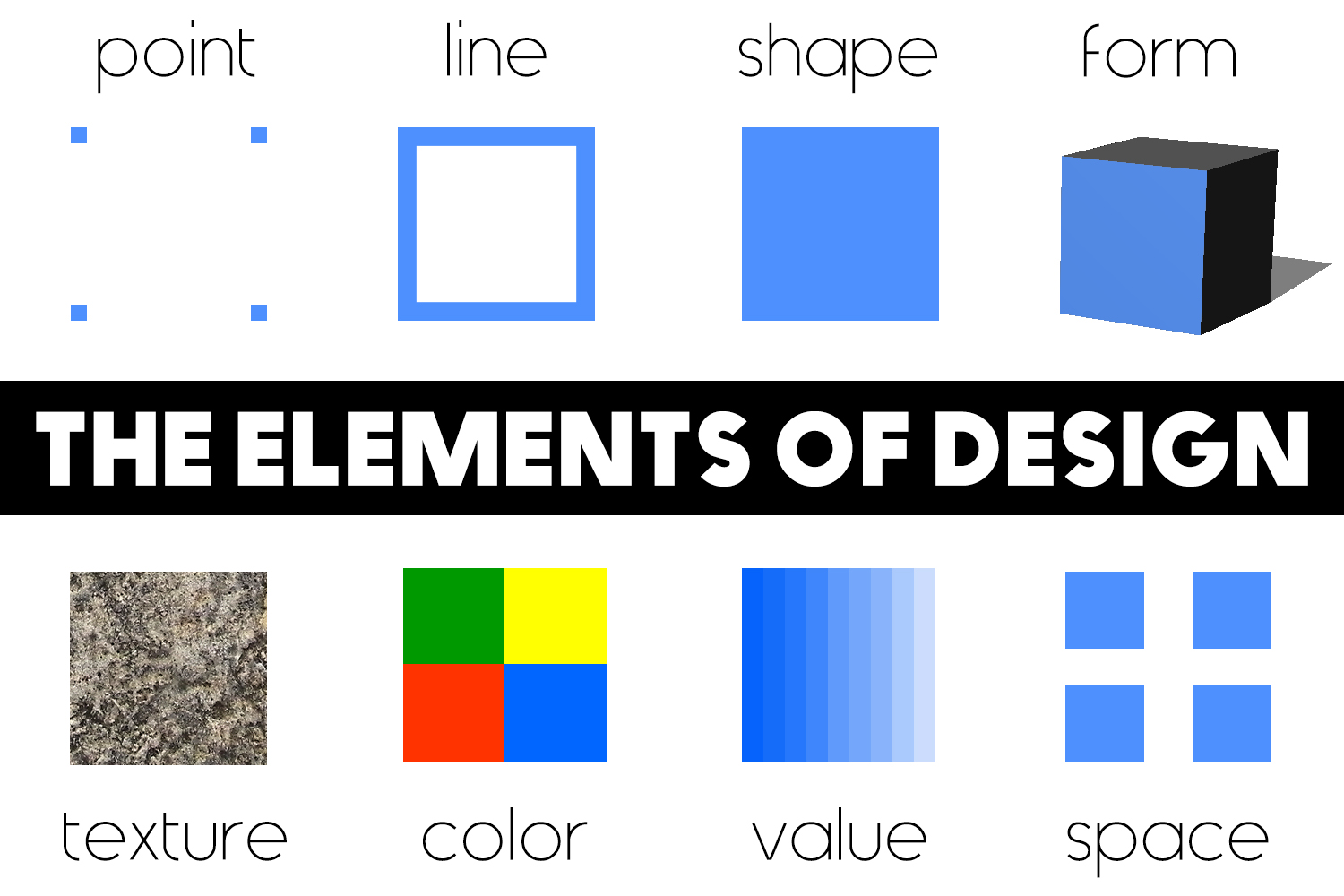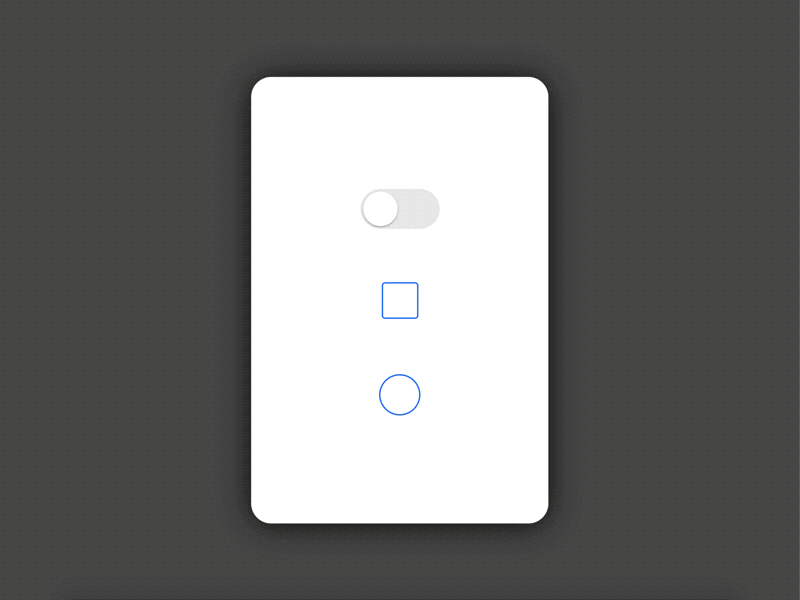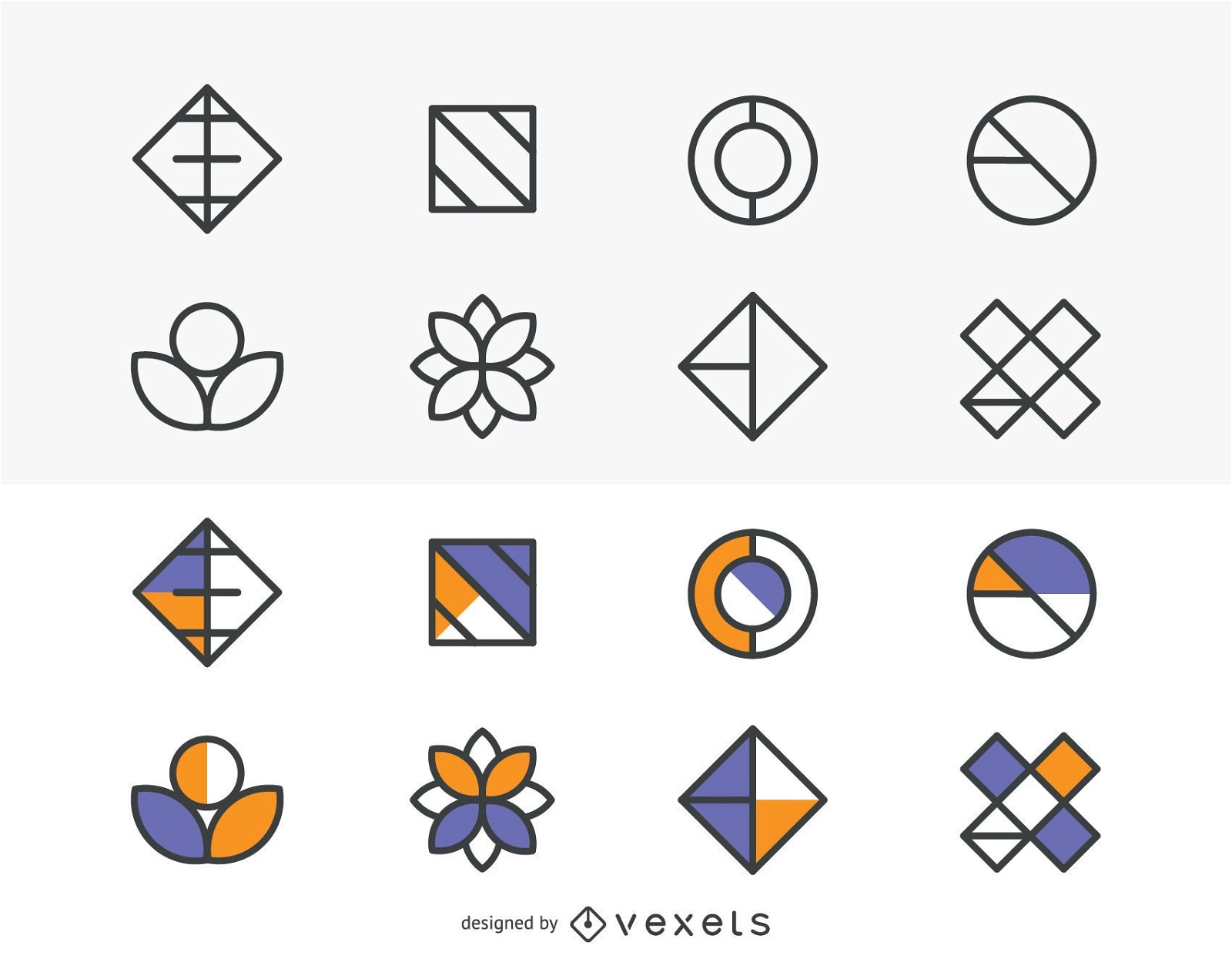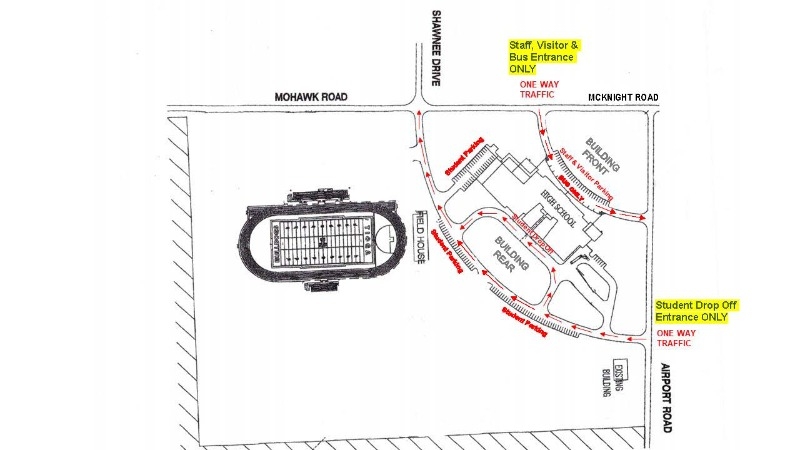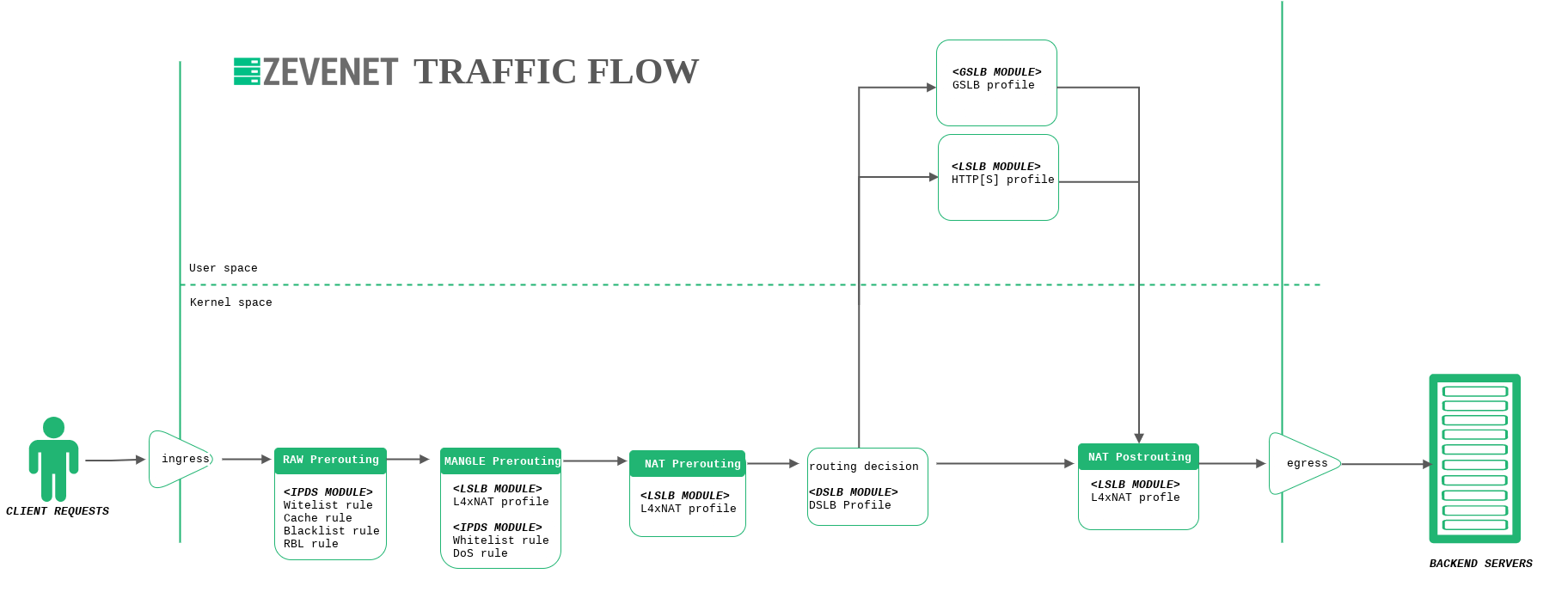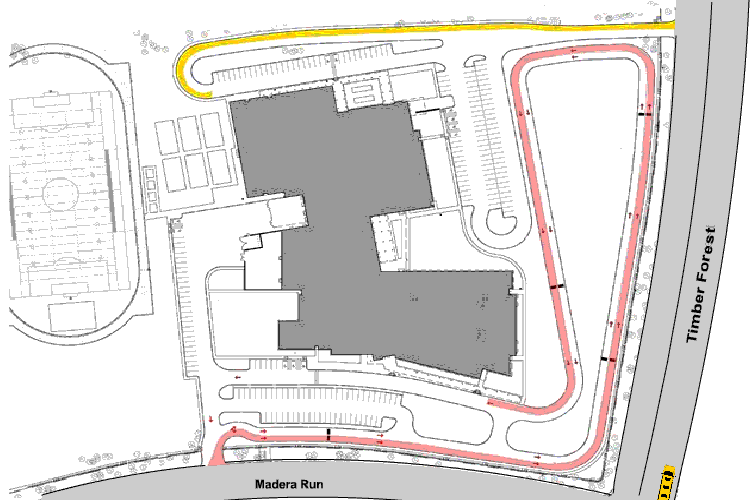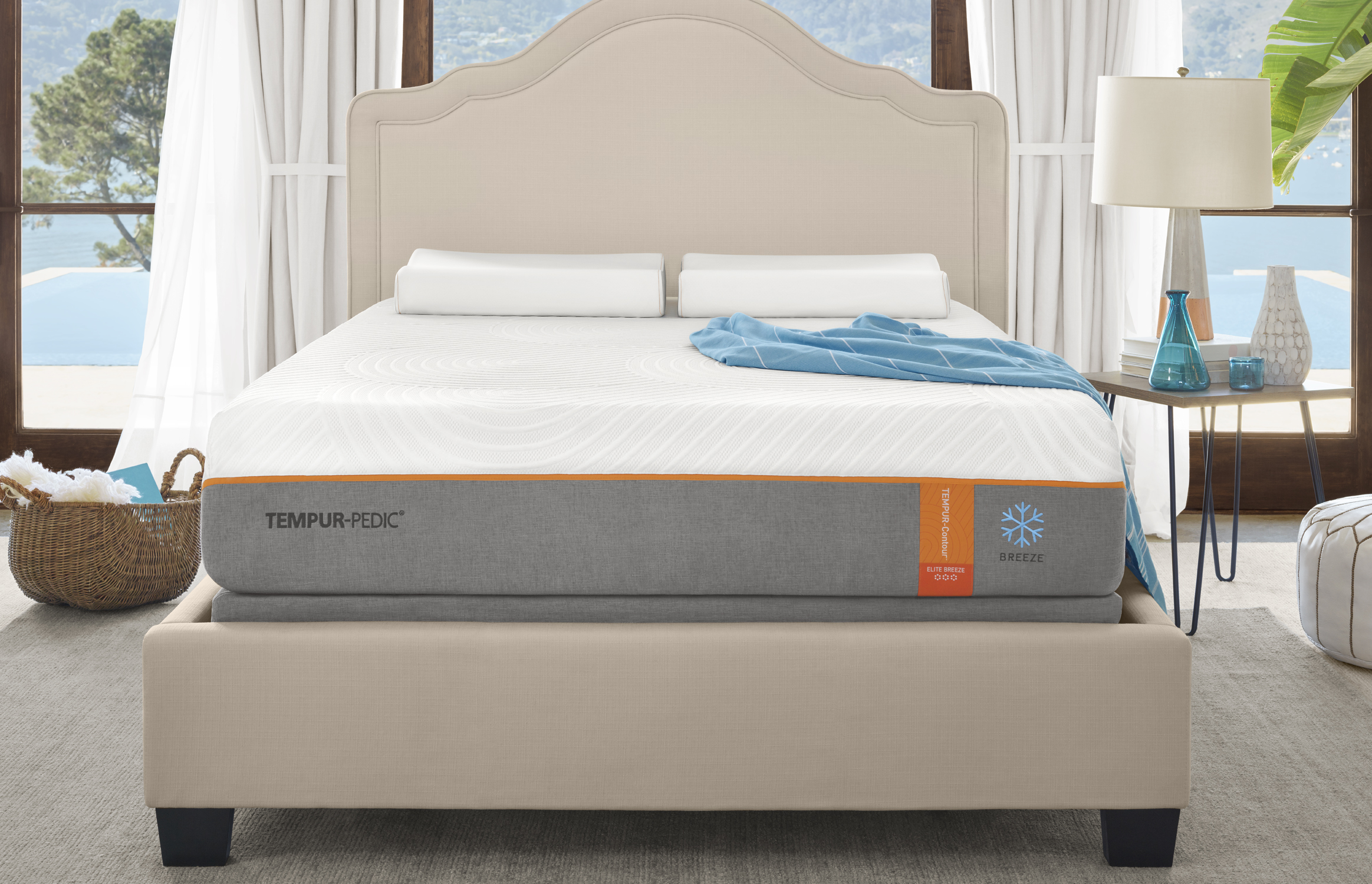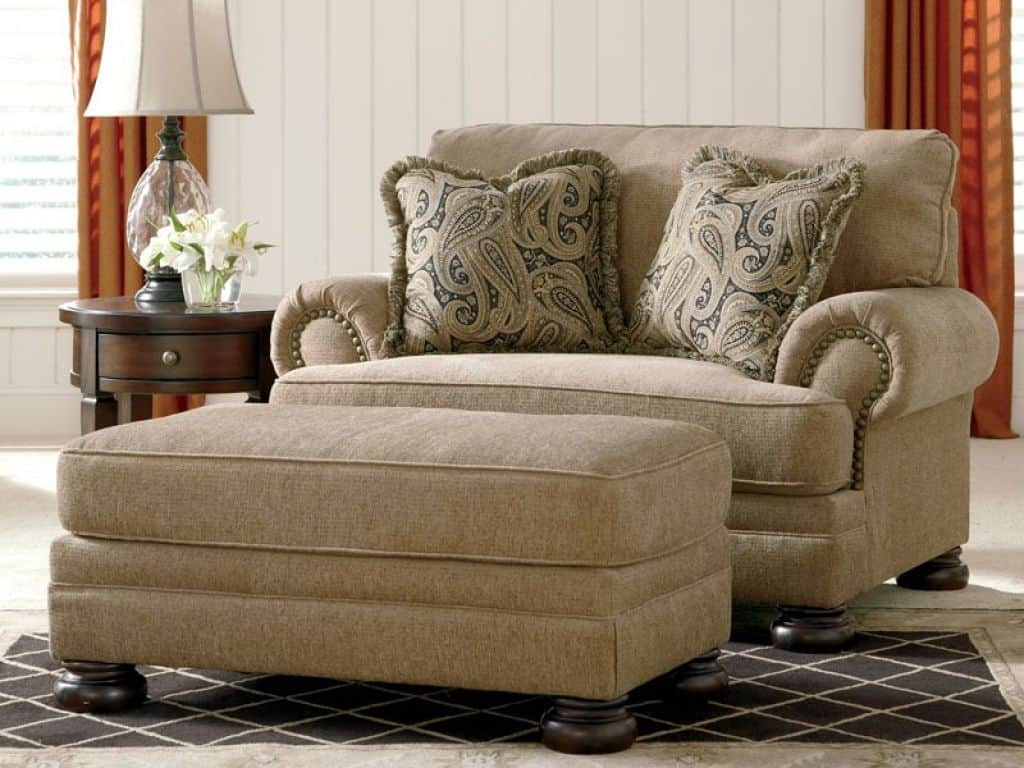When designing a kitchen, the layout is one of the most important factors to consider. The right layout can make your kitchen more functional and efficient, while the wrong layout can lead to frustration and wasted space. One tip for designing a kitchen layout is to consider the work triangle - the distance between the sink, stove, and refrigerator. This triangle should be efficient and easy to navigate. You should also think about the placement of your appliances and workspaces, making sure they are easily accessible and flow well together.1. Kitchen Layout Tips
Appliances are a big investment in any kitchen design, so it's important to choose the right ones. Consider your cooking and lifestyle needs when selecting appliances. Do you need a large oven for baking or a gas stove for precise temperature control? Are you looking for energy-efficient options? Also, think about the style and finish of your appliances, as they can greatly impact the overall look and feel of your kitchen.2. Choosing the Right Appliances
In any kitchen, storage space is essential. When designing your kitchen, think about creative ways to maximize storage. This could include utilizing vertical space with tall cabinets, installing pull-out shelves and racks in cabinets, or incorporating a kitchen island with storage underneath. Don't forget to also consider storage solutions for smaller items such as spices and utensils.3. Maximizing Storage Space
Natural light can make a big difference in any kitchen. Not only does it make the space feel brighter and more welcoming, but it can also save on energy costs. When designing your kitchen, consider adding windows or skylights to bring in more natural light. You can also opt for light-colored or reflective surfaces to help bounce light around the room.4. Incorporating Natural Light
The materials you choose for your kitchen can greatly impact its functionality and aesthetic. When selecting materials, think about durability, maintenance, and style. For example, you may want to opt for a durable countertop material like quartz or granite, and easy-to-clean flooring such as tile or hardwood. You can also mix and match different materials to add visual interest to your kitchen design.5. Selecting the Right Materials
A kitchen should not only look good, but it should also be functional. When designing your kitchen, consider adding functional workspaces such as a prep area, a baking station, or a coffee station. These designated areas can make cooking and meal prep more efficient and enjoyable.6. Adding Functional Workspaces
A focal point can add visual interest and make your kitchen design stand out. This could be a statement backsplash, a unique lighting fixture, or a kitchen island with a bold color or design. Just be sure not to go overboard and create too many competing focal points, as it can make the space feel cluttered.7. Creating a Focal Point
Vertical space is often overlooked in kitchen design, but it can be a game-changer for maximizing storage and adding visual interest. Consider incorporating tall cabinets that reach the ceiling, hanging pots and pans from a pot rack, or installing shelves above cabinets for additional storage and display space.8. Utilizing Vertical Space
Design elements such as color, texture, and patterns can greatly impact the overall look and feel of your kitchen. When designing your kitchen, think about incorporating these elements through your choice of materials, backsplash, lighting, and even accessories such as rugs and curtains. Just be sure to strike the right balance and not go overboard with too many different elements.9. Incorporating Design Elements
Lastly, when designing a kitchen, it's important to consider the traffic flow. This is especially important if you have a large family or frequently entertain guests. Think about how people will move through the space and make sure there is enough room for multiple people to work and move around comfortably. Avoid placing obstacles in high-traffic areas and consider adding an island or peninsula to create a natural flow in the kitchen.10. Considering Traffic Flow
Tips for Designing a Kitchen
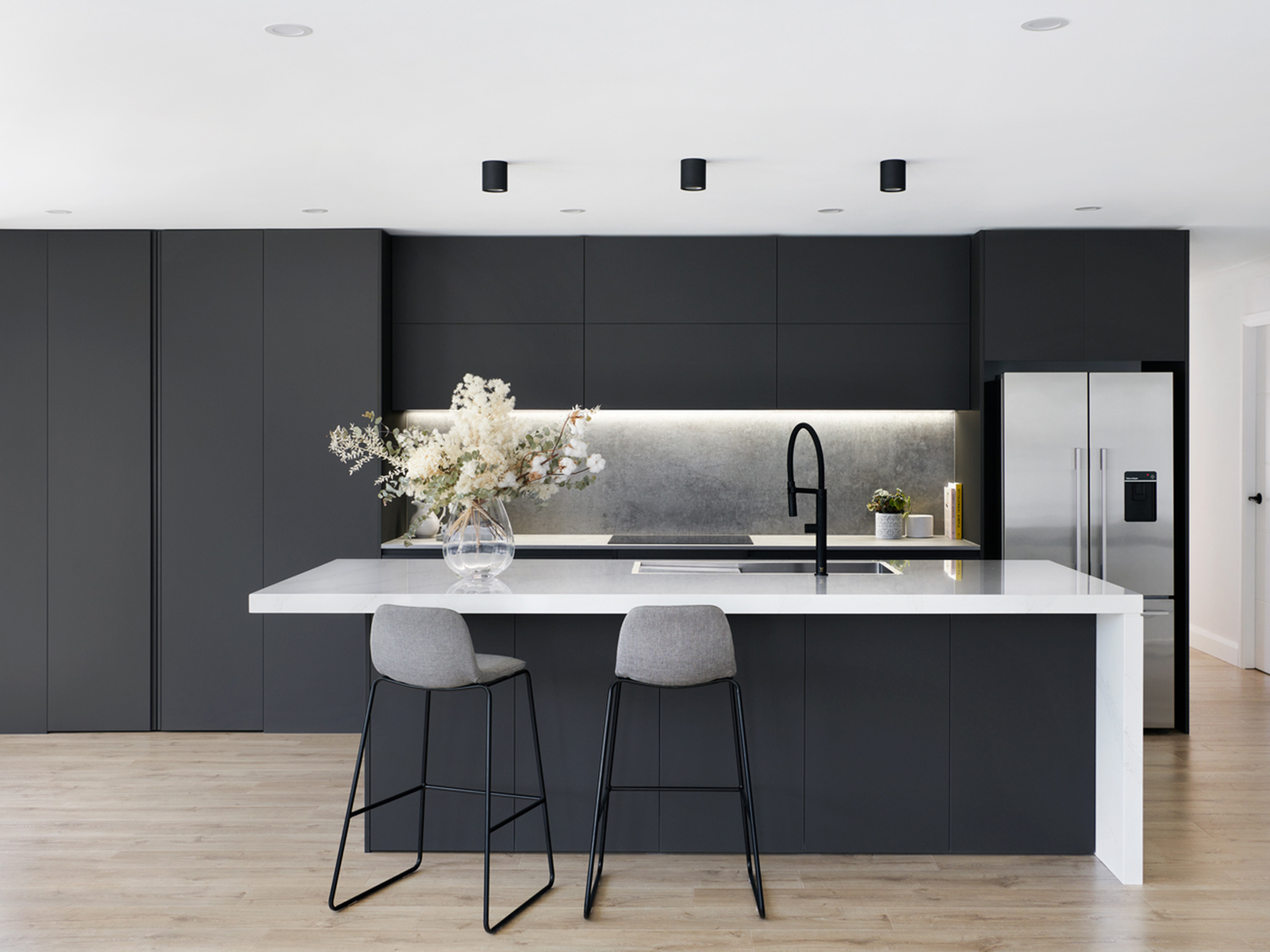
Incorporate Plenty of Storage Space
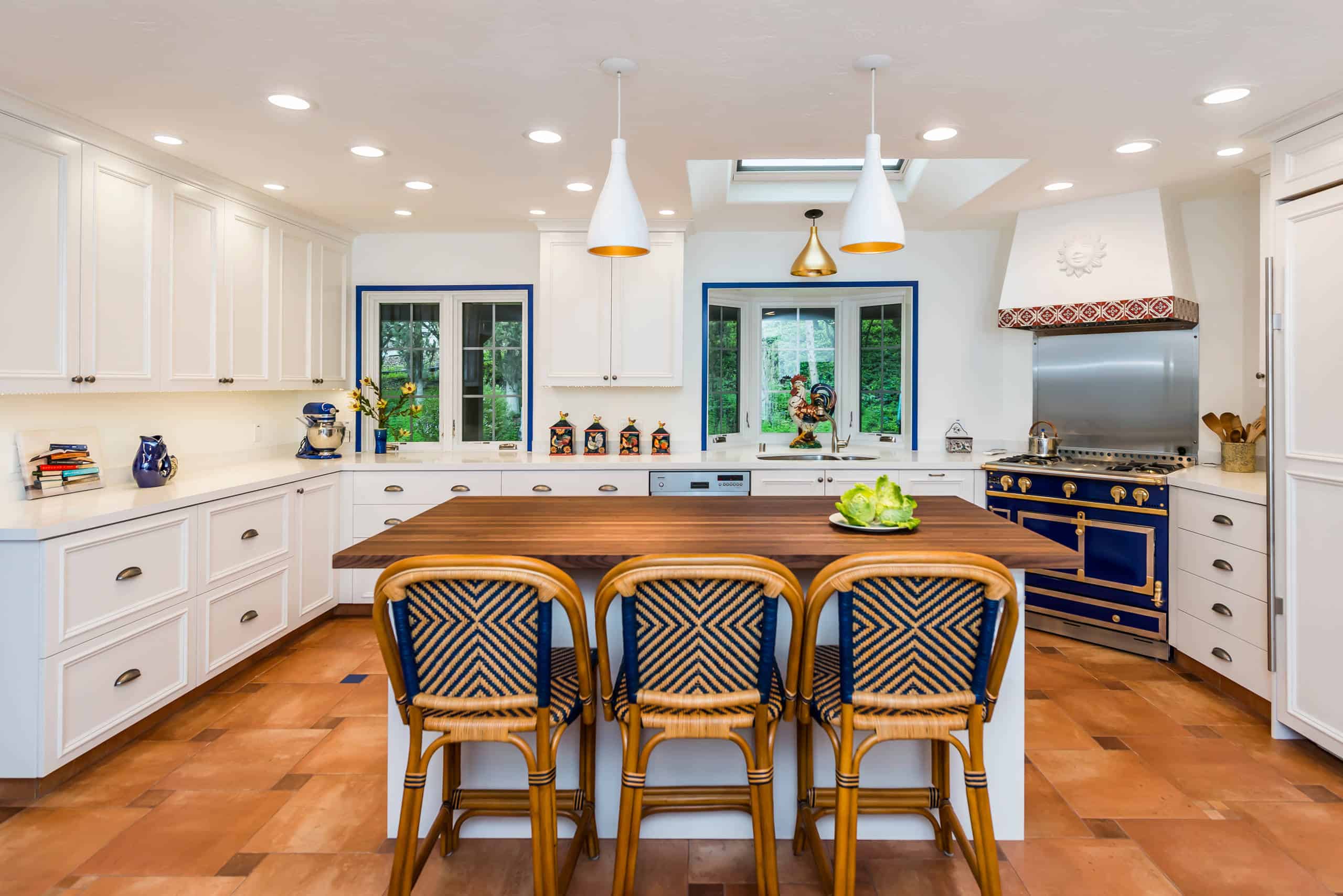 When designing a kitchen, one of the most important things to consider is storage.
Having ample storage space is key to keeping your kitchen organized and clutter-free.
Consider installing tall cabinets that reach the ceiling, utilizing corner cabinets, and incorporating pull-out shelves and drawers for maximum storage efficiency. You can also add shelves or racks on the walls or inside cabinet doors to store frequently used items like spices or cooking utensils.
When designing a kitchen, one of the most important things to consider is storage.
Having ample storage space is key to keeping your kitchen organized and clutter-free.
Consider installing tall cabinets that reach the ceiling, utilizing corner cabinets, and incorporating pull-out shelves and drawers for maximum storage efficiency. You can also add shelves or racks on the walls or inside cabinet doors to store frequently used items like spices or cooking utensils.
Choose a Functional Layout
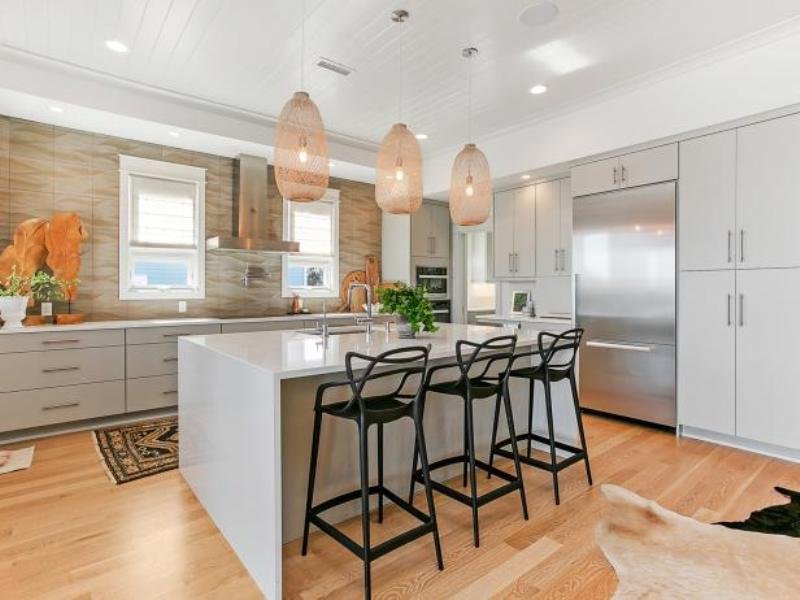 The layout of your kitchen can greatly impact its functionality.
When designing your kitchen, consider the "work triangle" between the sink, stove, and refrigerator.
These three areas should be easily accessible to each other to make cooking and food preparation more efficient. Additionally, make sure there is enough counter space near the stove for food prep and near the sink for easy cleanup.
The layout of your kitchen can greatly impact its functionality.
When designing your kitchen, consider the "work triangle" between the sink, stove, and refrigerator.
These three areas should be easily accessible to each other to make cooking and food preparation more efficient. Additionally, make sure there is enough counter space near the stove for food prep and near the sink for easy cleanup.
Pay Attention to Lighting
 Lighting is an essential aspect of any kitchen design.
Proper lighting can enhance the overall look and feel of your kitchen, as well as improve its functionality.
Consider installing task lighting under cabinets for food prep areas, ambient lighting in dining areas, and accent lighting to highlight certain features. Natural lighting is also important, so try to incorporate windows or skylights if possible.
Lighting is an essential aspect of any kitchen design.
Proper lighting can enhance the overall look and feel of your kitchen, as well as improve its functionality.
Consider installing task lighting under cabinets for food prep areas, ambient lighting in dining areas, and accent lighting to highlight certain features. Natural lighting is also important, so try to incorporate windows or skylights if possible.
Choose Durable and Easy-to-Clean Materials
 When designing your kitchen,
it's important to choose materials that are not only aesthetically pleasing, but also durable and easy to clean.
Consider using materials like quartz or granite for countertops, as they are both durable and easy to maintain. For flooring, opt for materials like ceramic tile or vinyl, which are easy to clean and can withstand heavy foot traffic.
When designing your kitchen,
it's important to choose materials that are not only aesthetically pleasing, but also durable and easy to clean.
Consider using materials like quartz or granite for countertops, as they are both durable and easy to maintain. For flooring, opt for materials like ceramic tile or vinyl, which are easy to clean and can withstand heavy foot traffic.
Add Personal Touches
 Lastly, don't forget to add personal touches to your kitchen design.
Whether it's a pop of color in the backsplash, unique hardware on cabinets, or a statement light fixture, adding personal touches can make your kitchen feel more inviting and reflective of your personal style.
Don't be afraid to get creative and have fun with your design choices.
In conclusion, designing a kitchen is no easy task, but with these tips in mind, you can create a functional and visually appealing space that meets all your needs. Remember to prioritize storage, choose a functional layout, pay attention to lighting, select durable materials, and add personal touches to make your kitchen truly one-of-a-kind. By following these tips, you can design a kitchen that will not only be a joy to cook in, but also a beautiful and welcoming space for your family and guests to gather.
Lastly, don't forget to add personal touches to your kitchen design.
Whether it's a pop of color in the backsplash, unique hardware on cabinets, or a statement light fixture, adding personal touches can make your kitchen feel more inviting and reflective of your personal style.
Don't be afraid to get creative and have fun with your design choices.
In conclusion, designing a kitchen is no easy task, but with these tips in mind, you can create a functional and visually appealing space that meets all your needs. Remember to prioritize storage, choose a functional layout, pay attention to lighting, select durable materials, and add personal touches to make your kitchen truly one-of-a-kind. By following these tips, you can design a kitchen that will not only be a joy to cook in, but also a beautiful and welcoming space for your family and guests to gather.



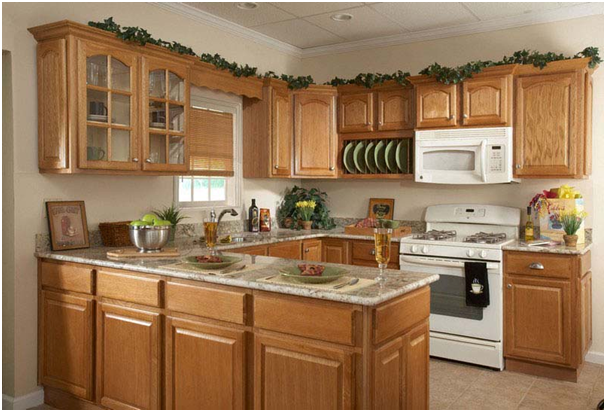

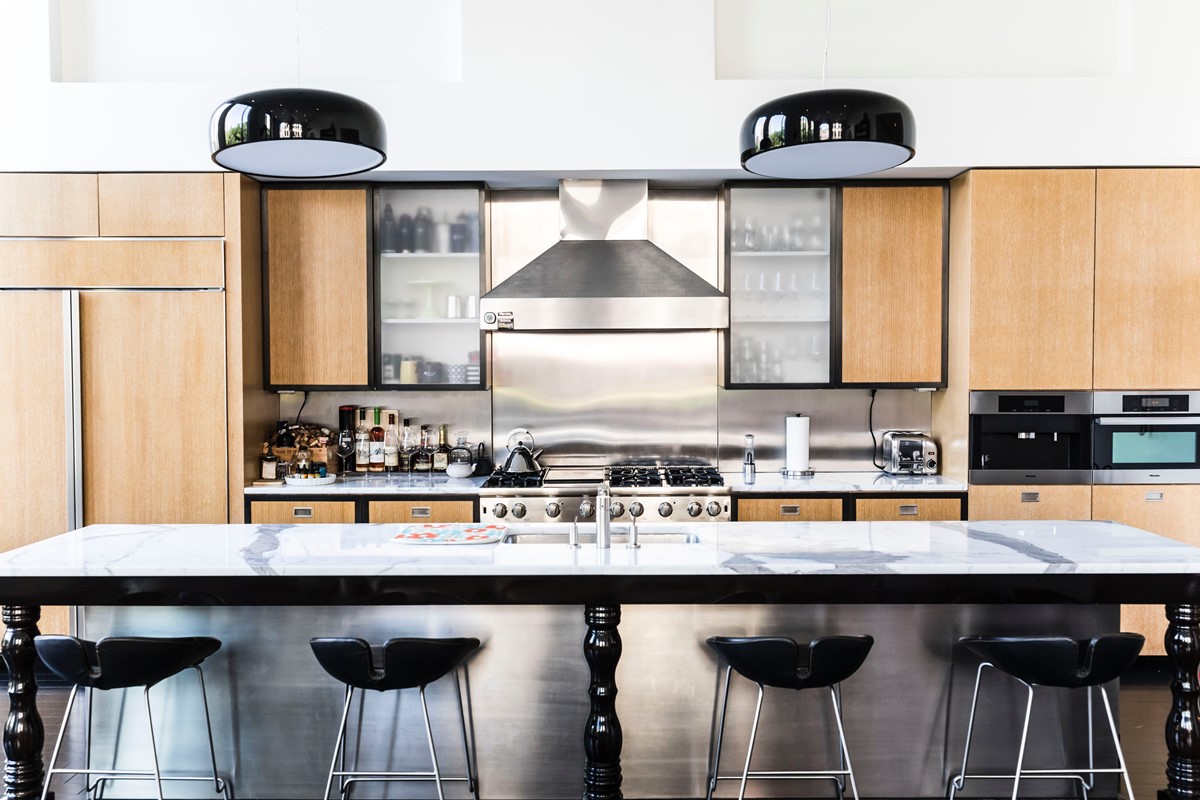

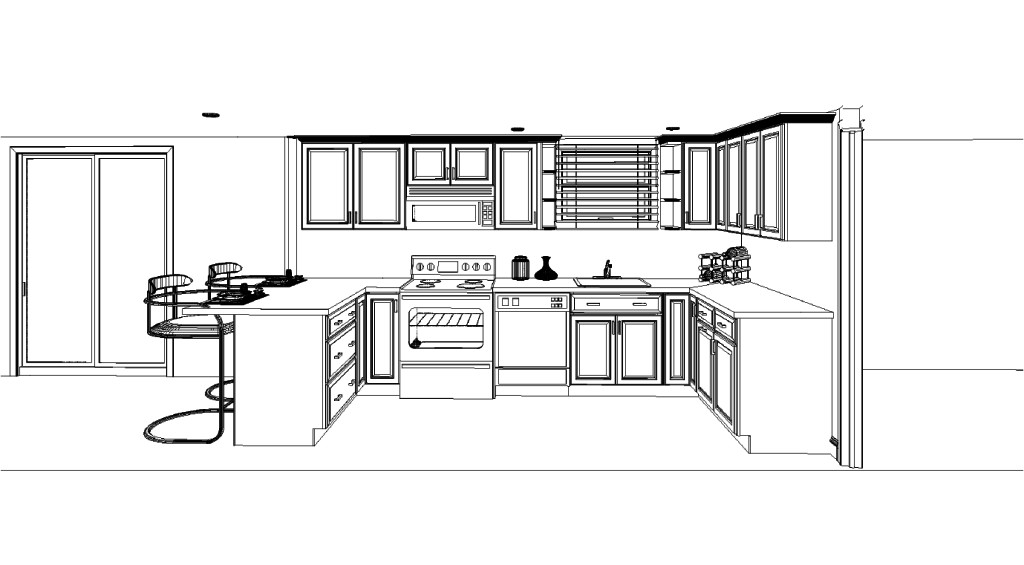
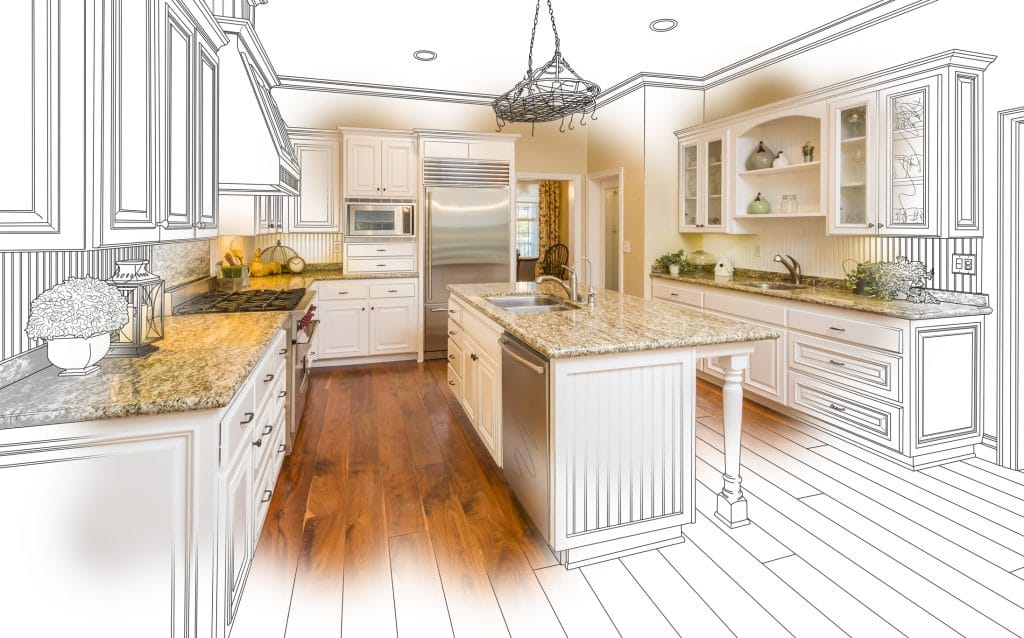

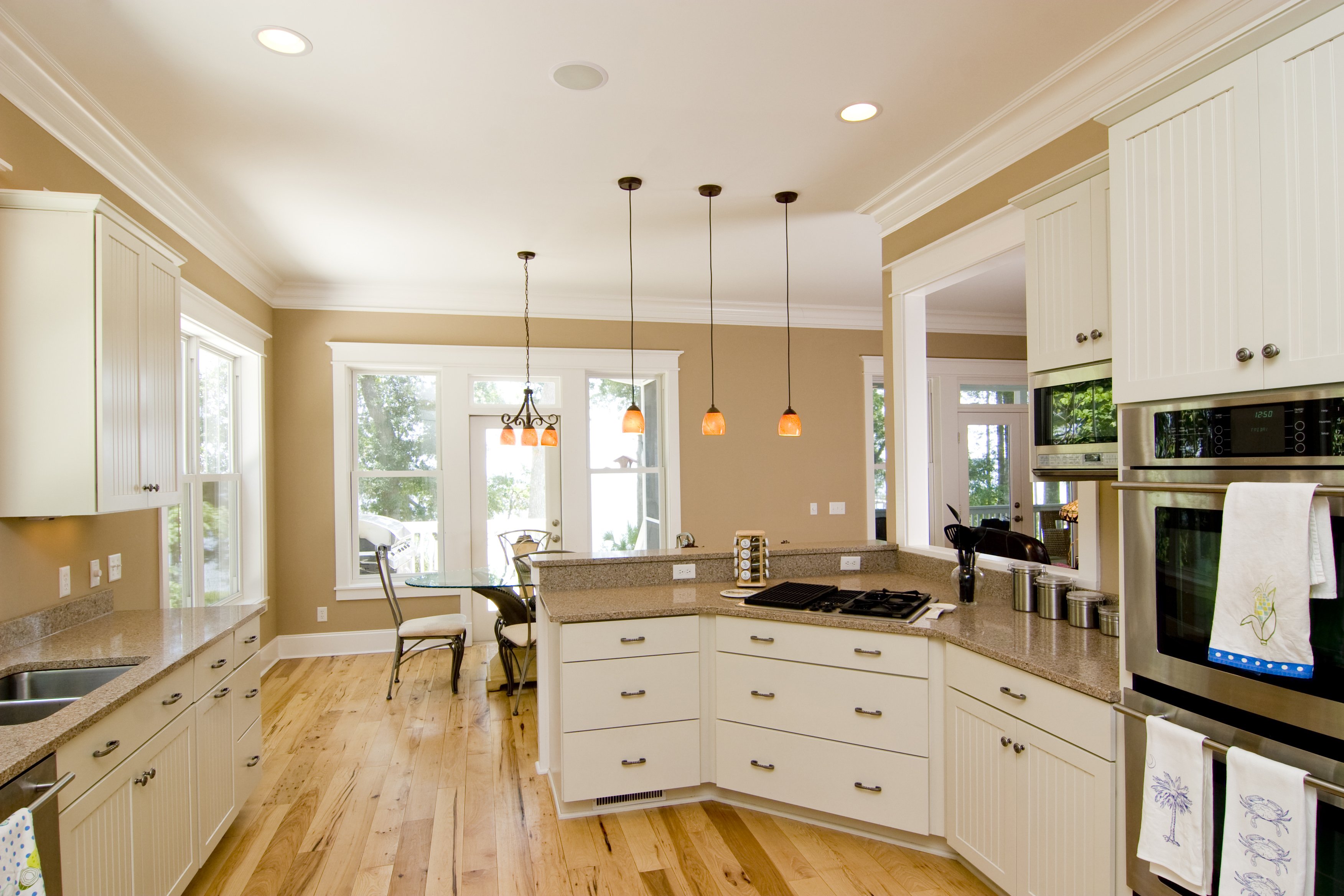


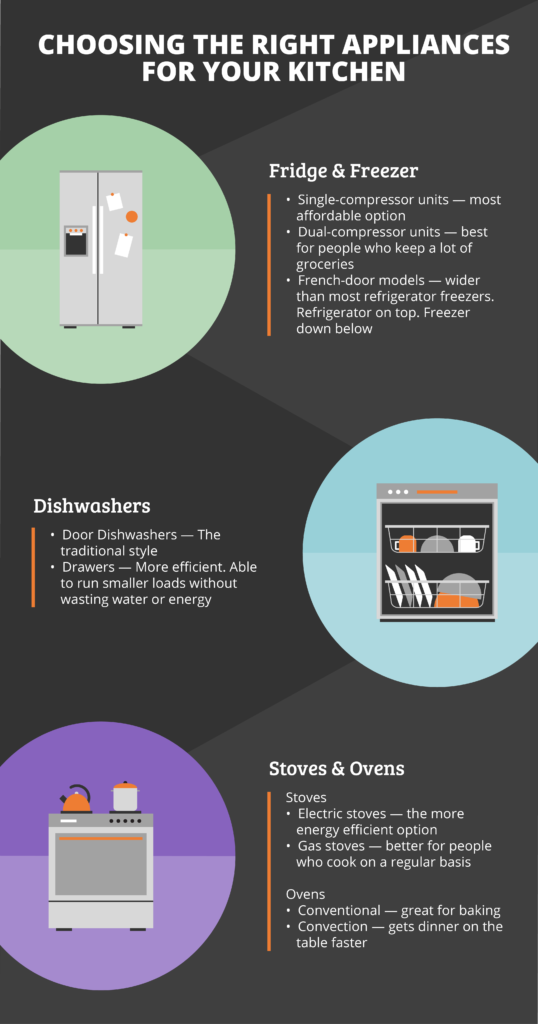

/appliancesalexeydudoladovGettyImages-171589331-57b37c3c5f9b58b5c2cb819c.jpg)






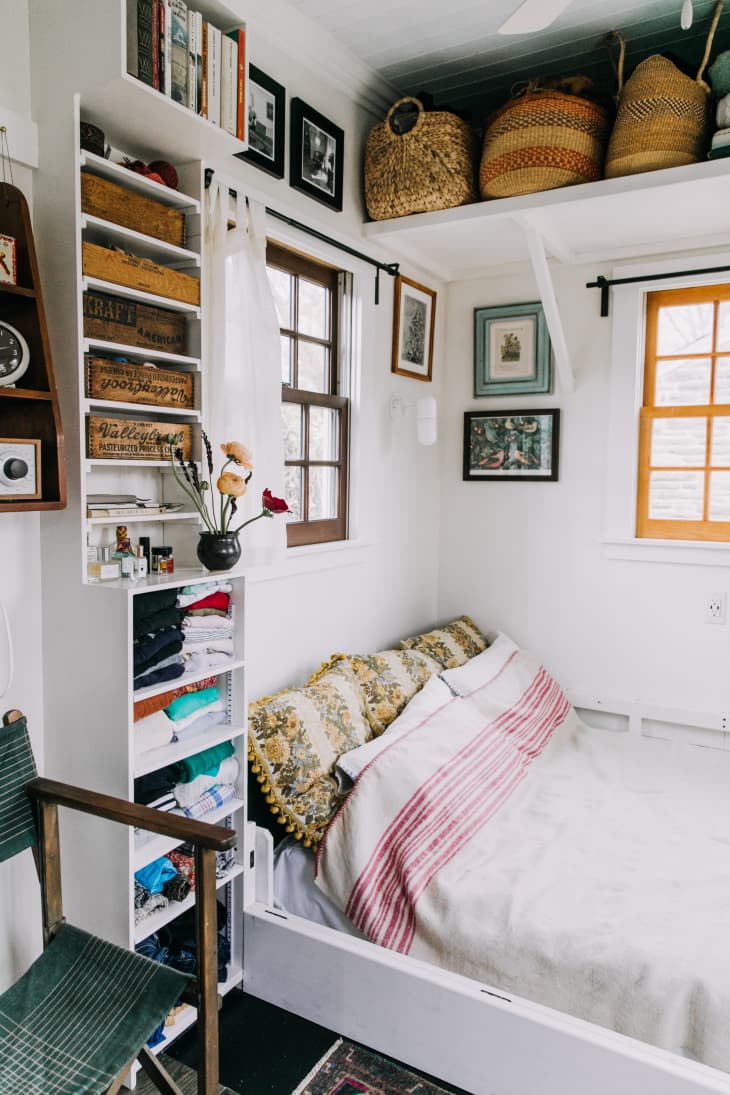

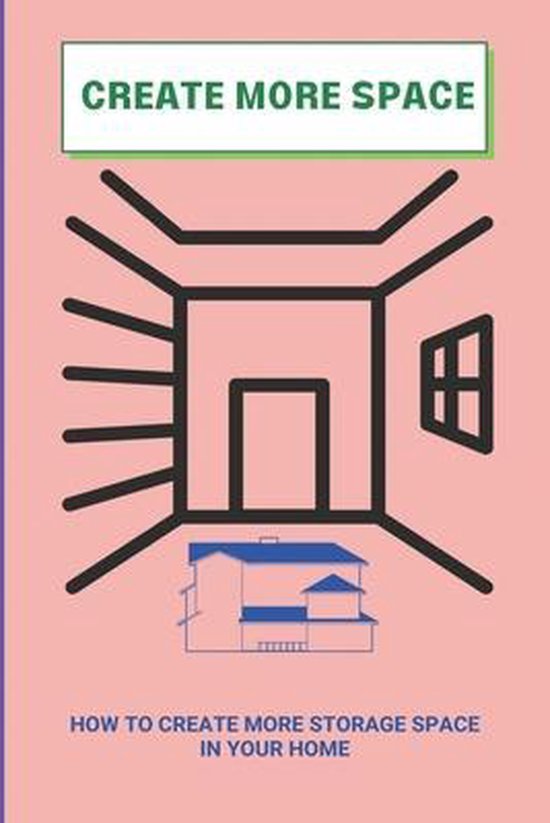
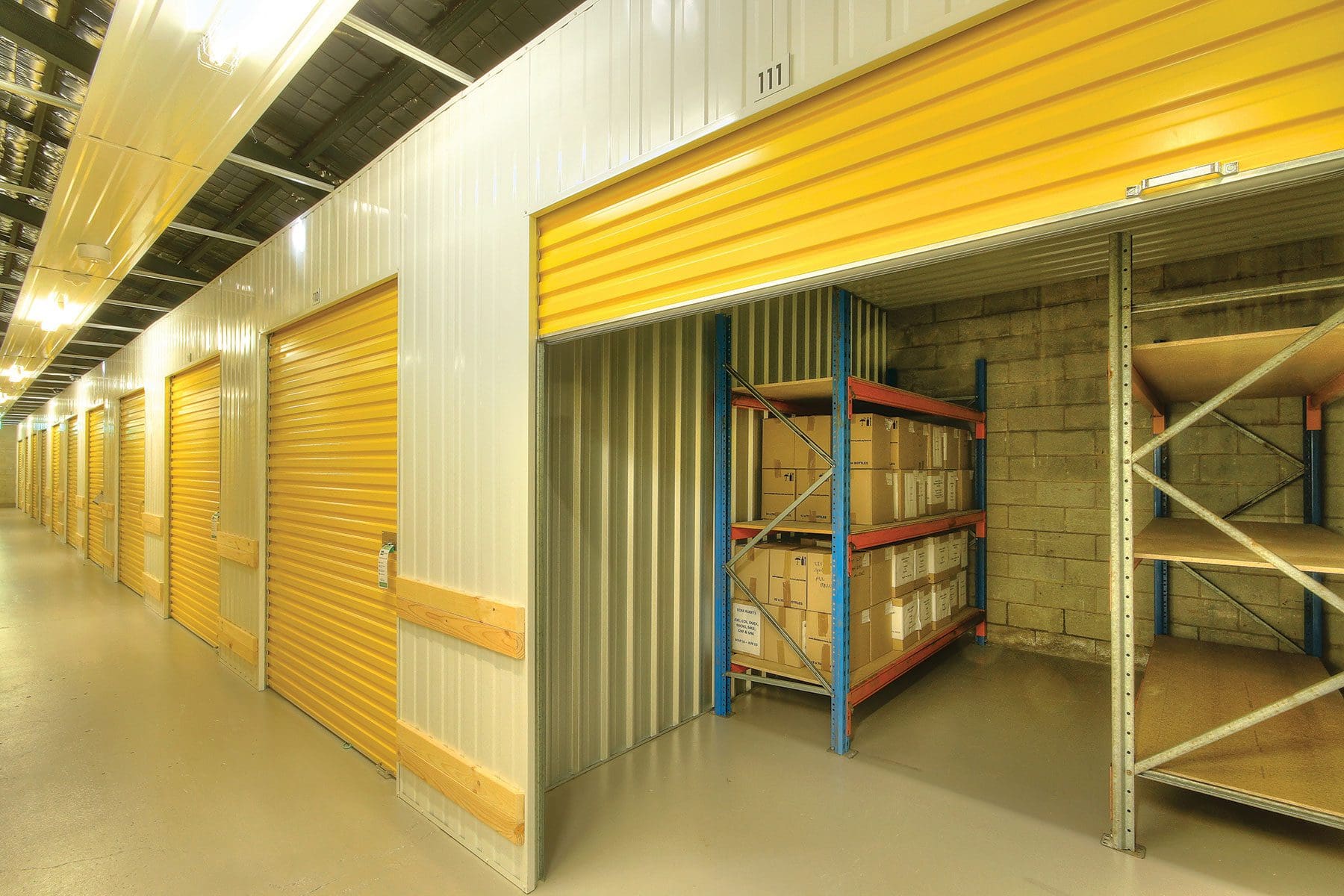


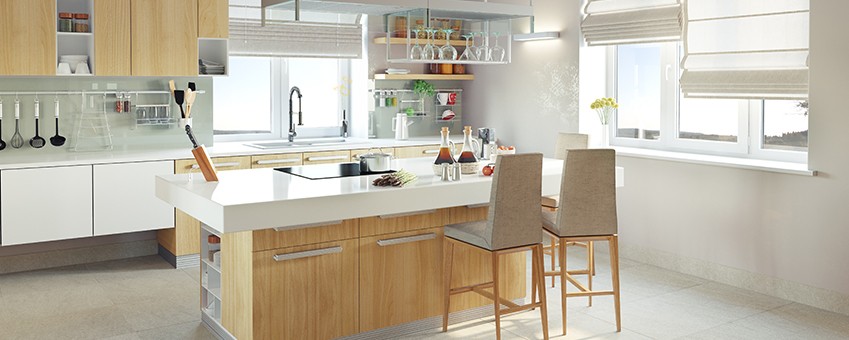

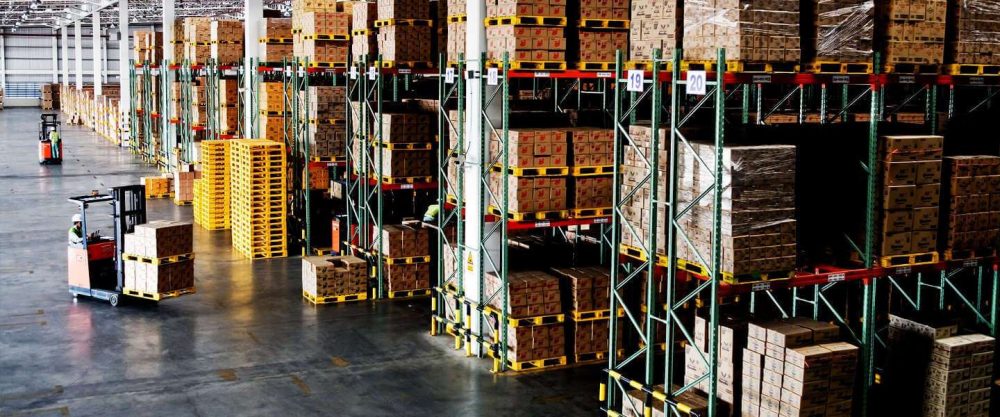

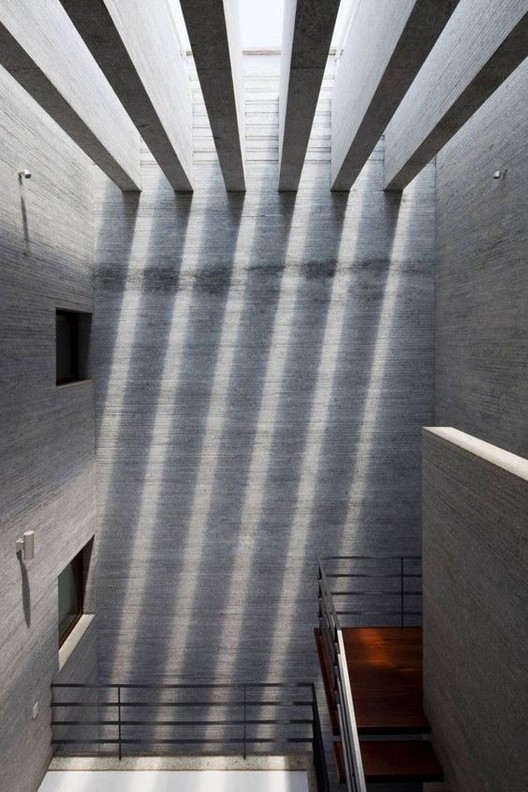








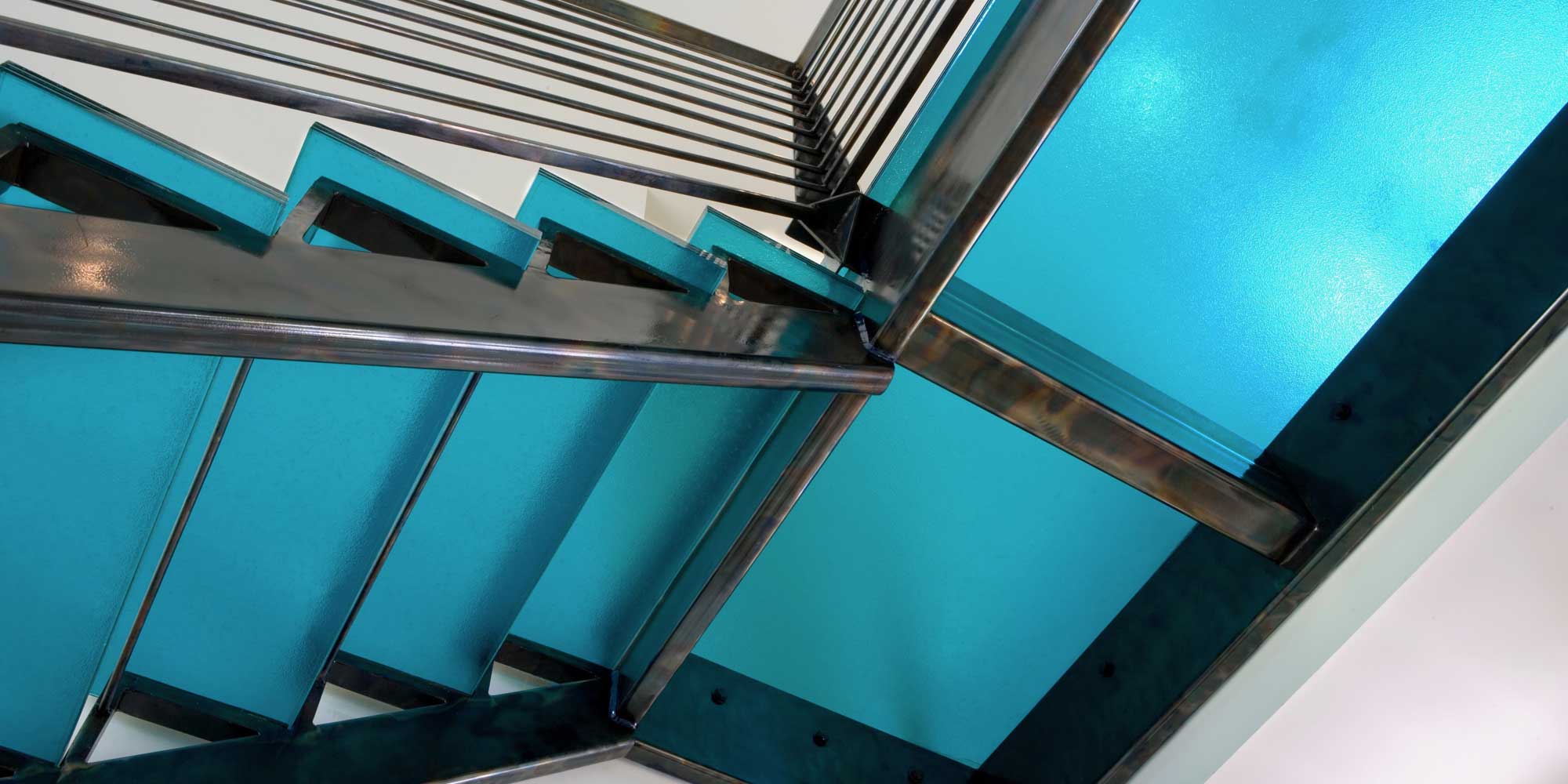


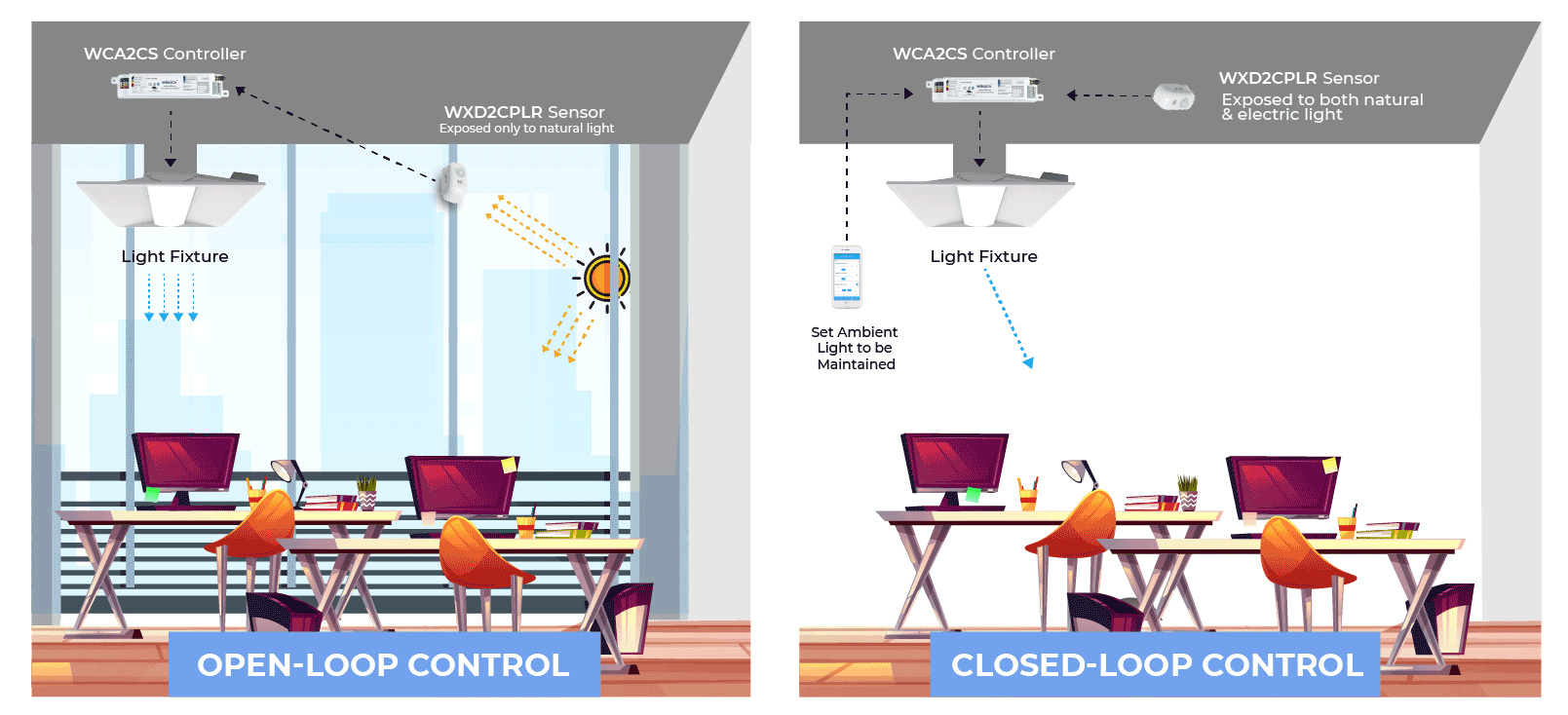


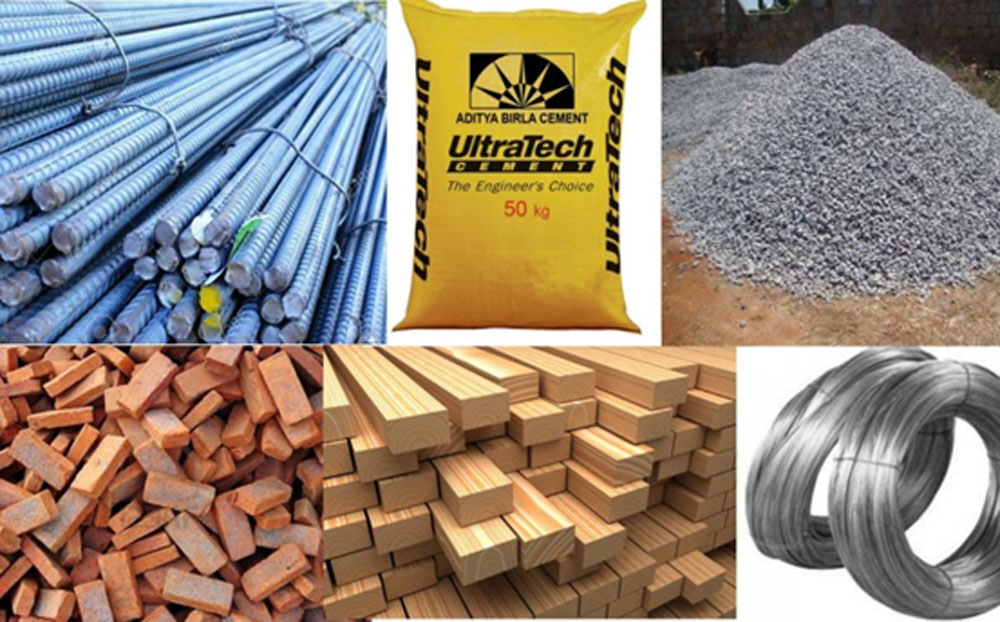





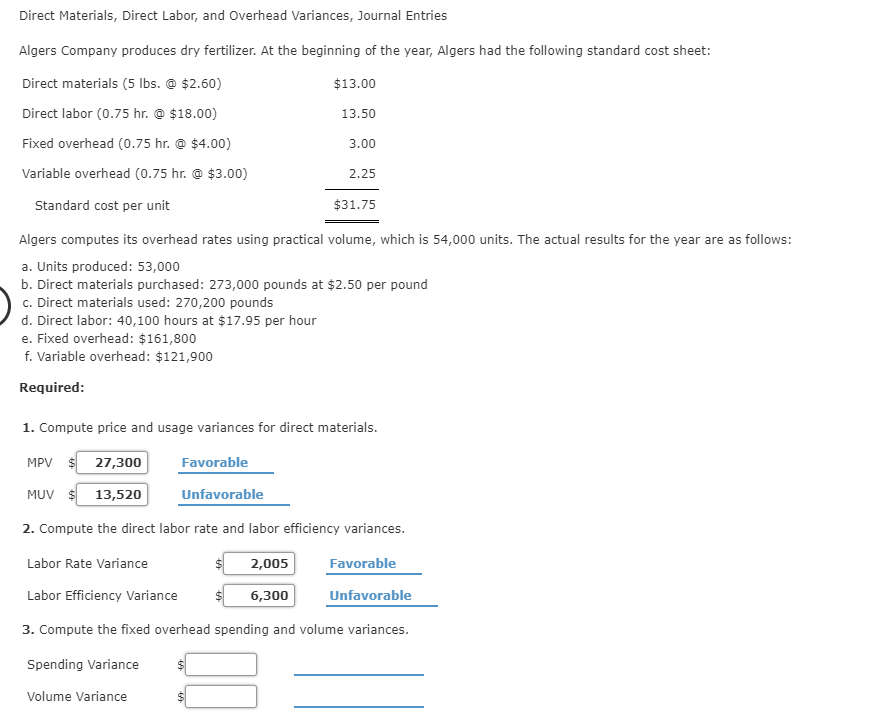

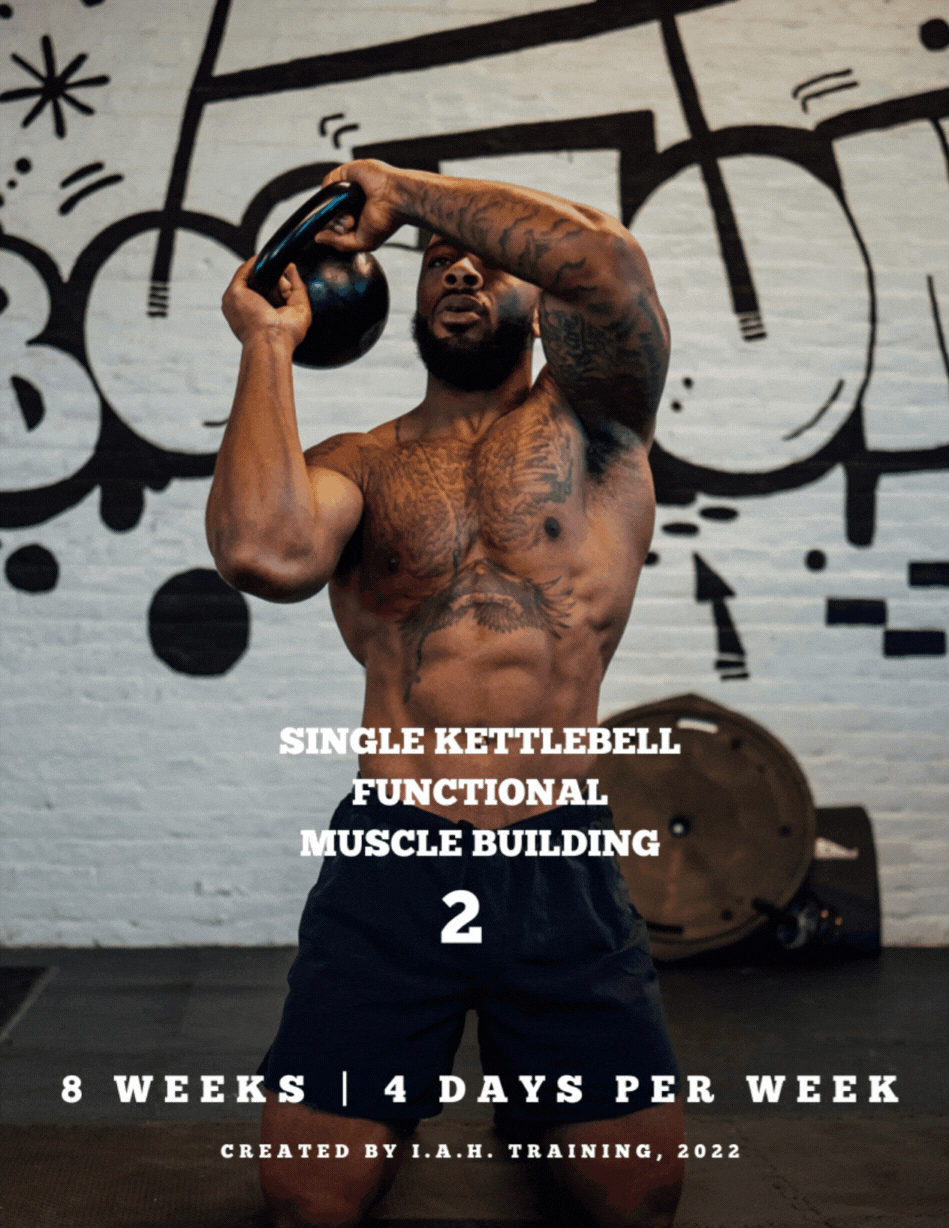


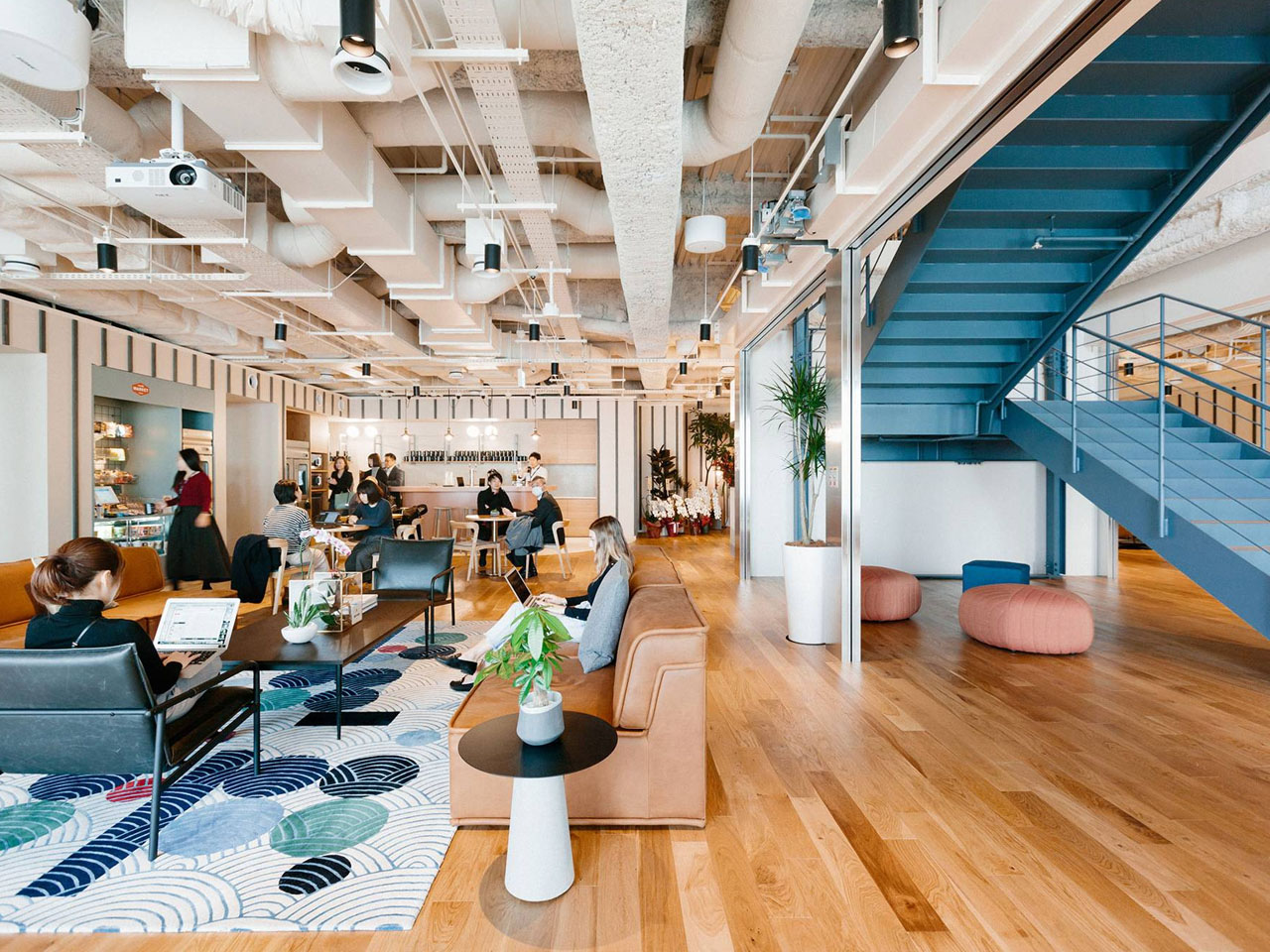

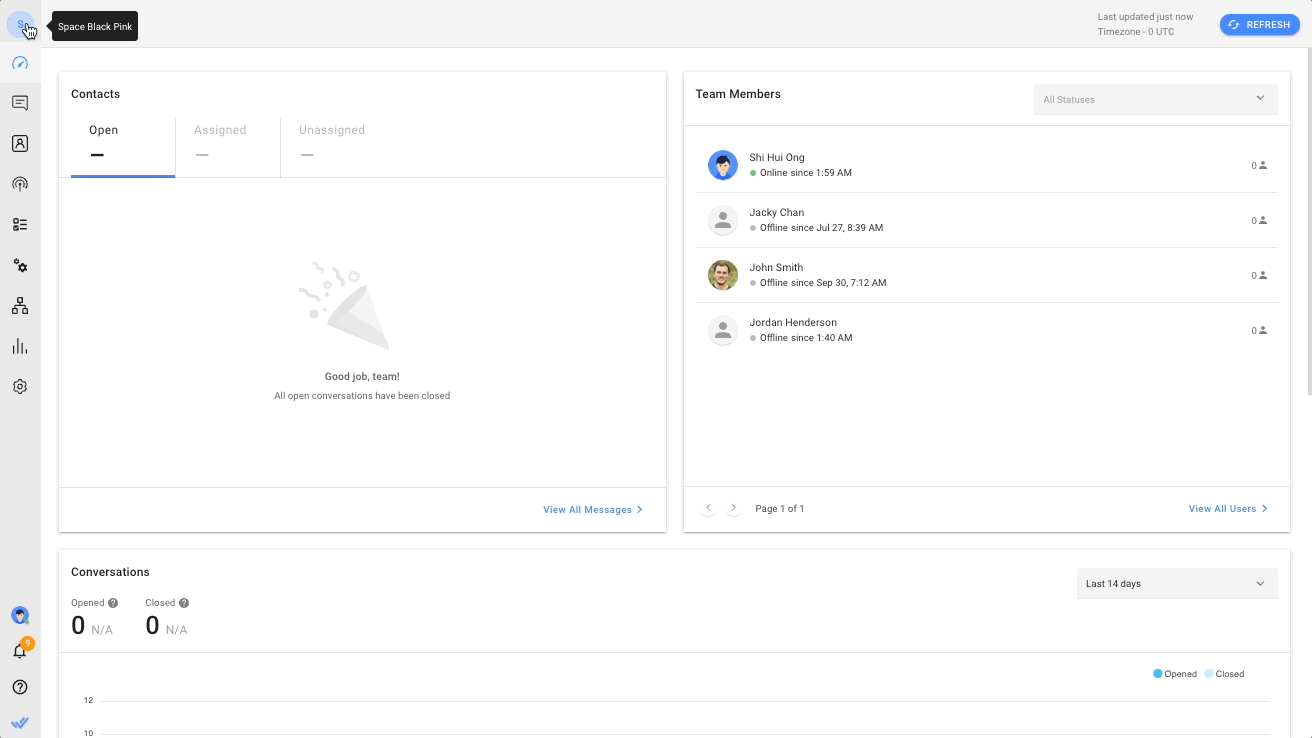







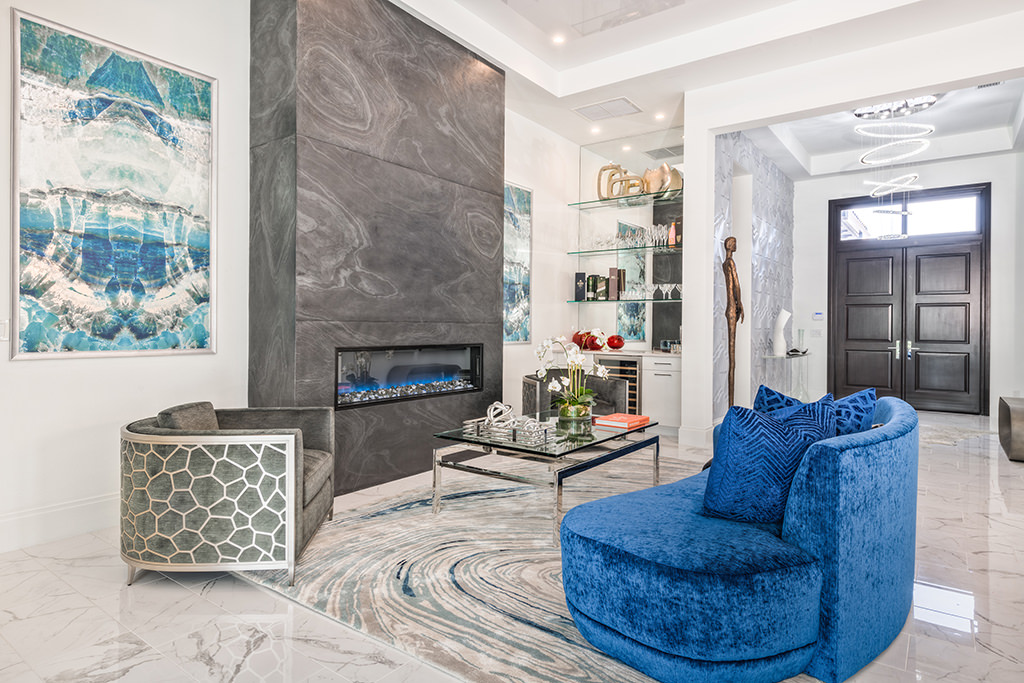
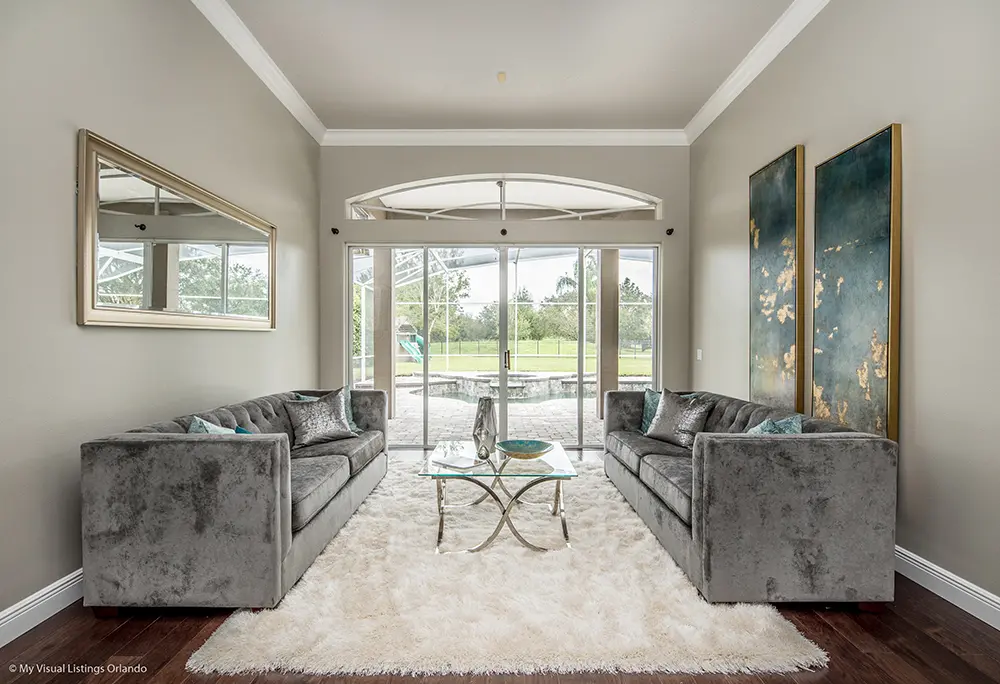
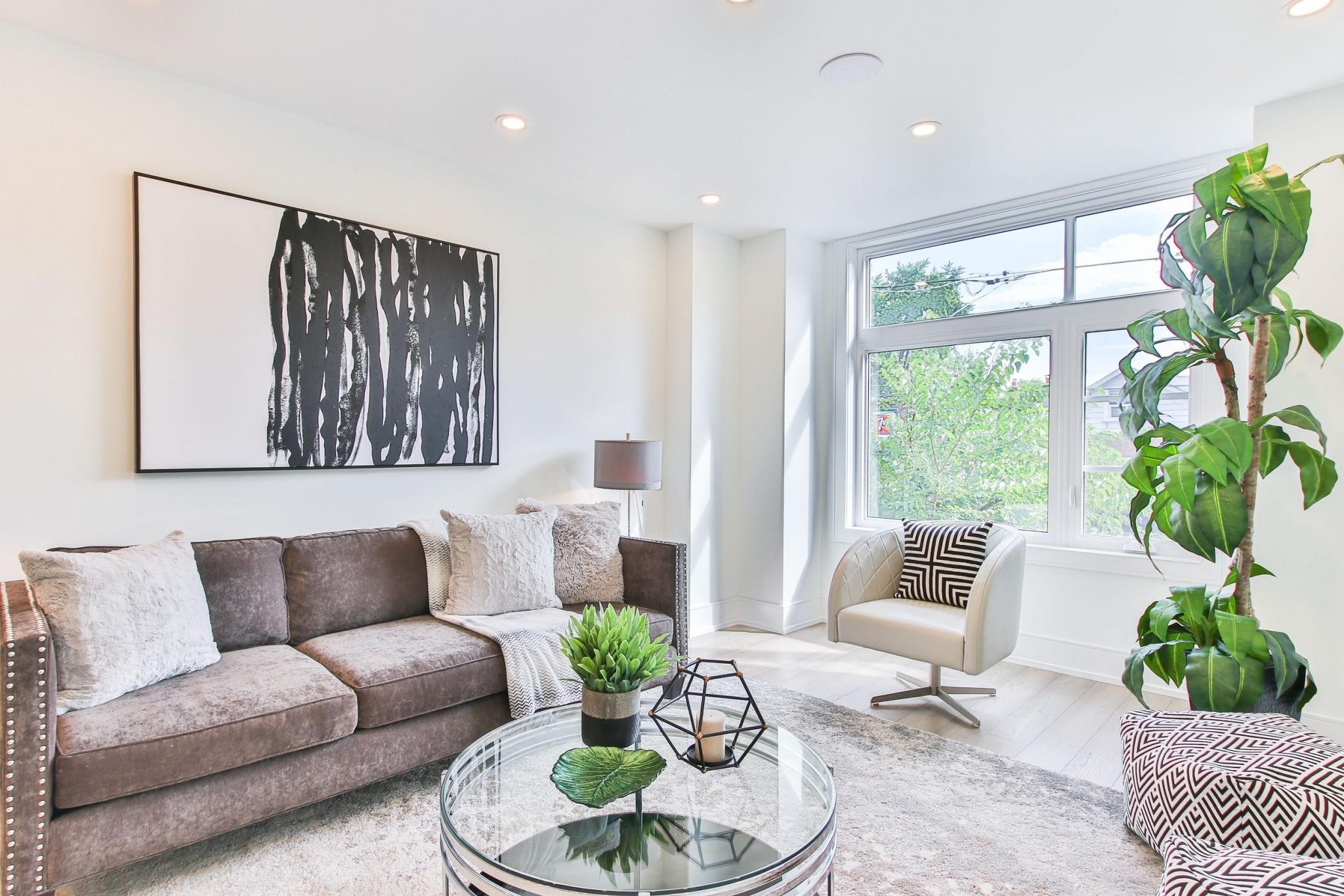



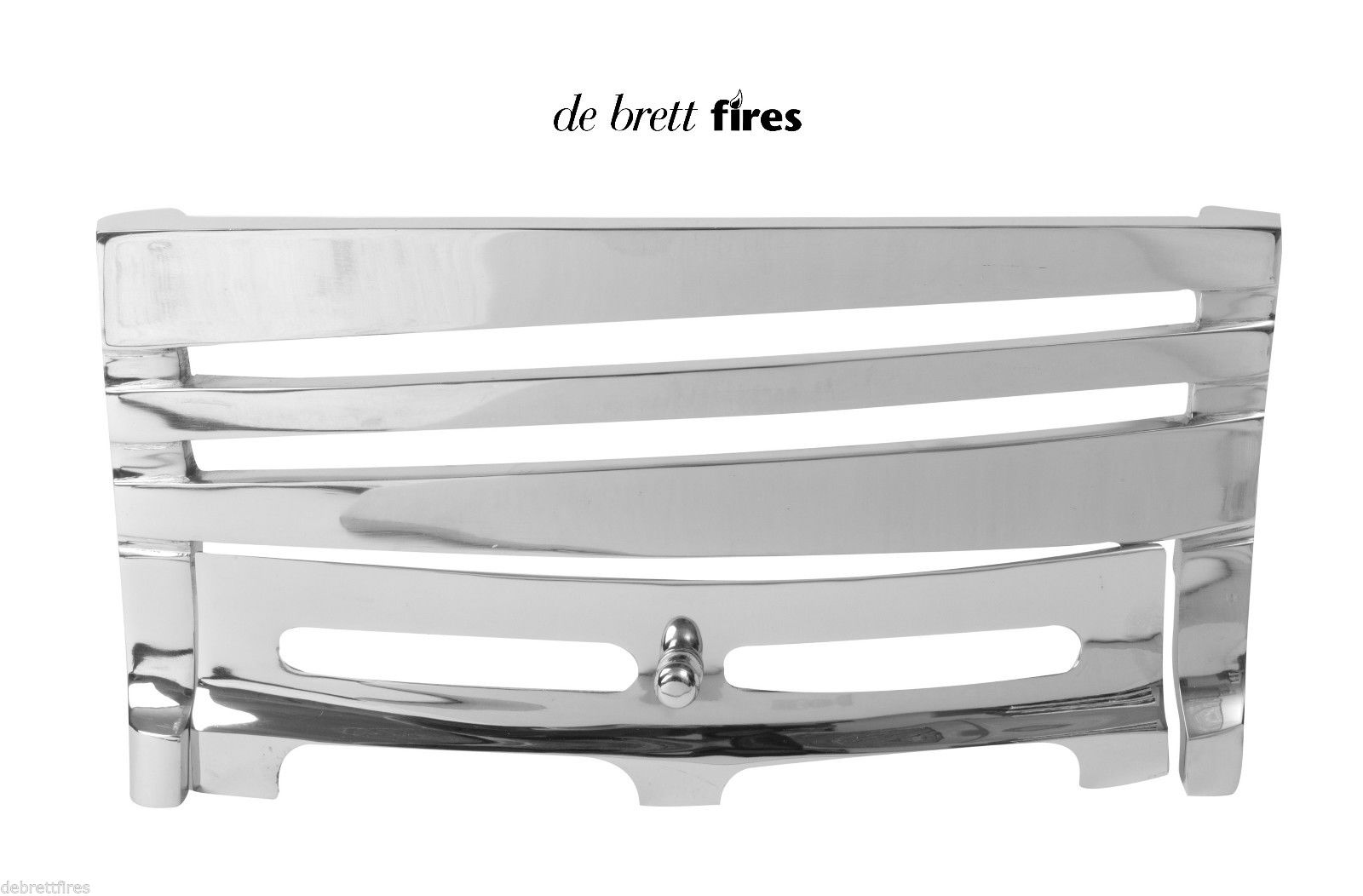
/GettyImages-910585330-5c57cb5b46e0fb0001c08aab.jpg)
